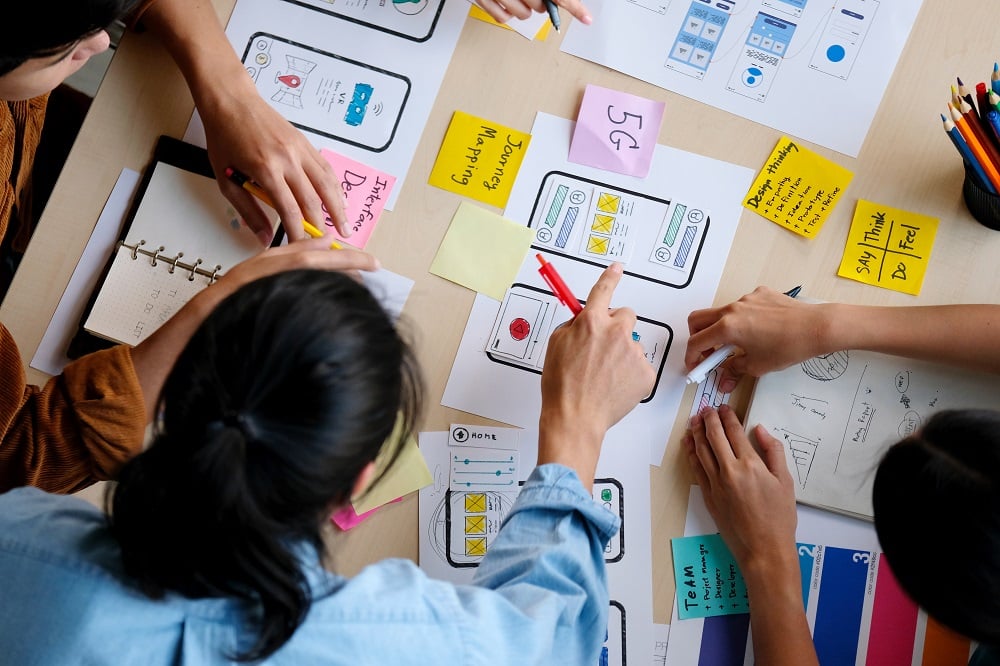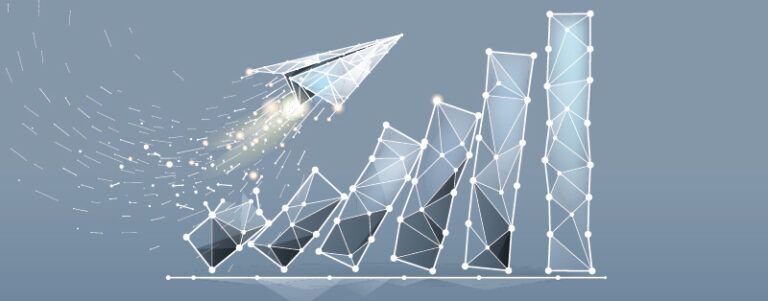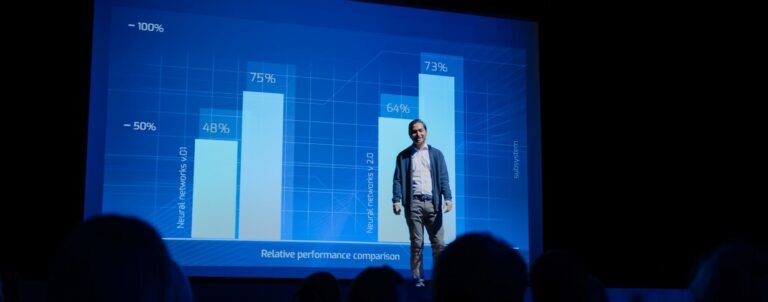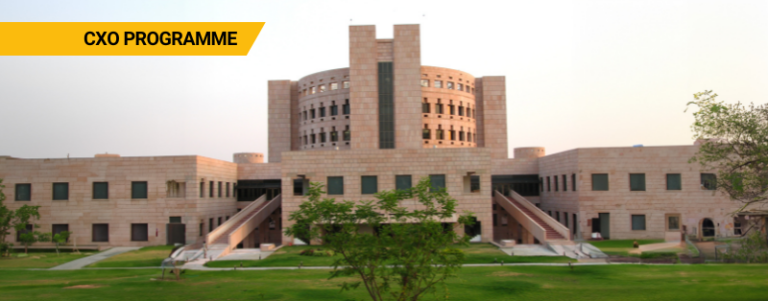Creative Leadership in the Age of Flux

Gone are the days of predictability and comfort. Today, ‘unprecedented ‘ is a commonly used phrase, often prefixed when referring to matters of politics, economy, technology, and even our mundane, post-pandemic lives. Our current reality is ambiguous; we struggle to keep pace with extraordinary change and cascading challenges.
For organisations, challenges emerging from this new reality are defying discernible patterns, presenting seemingly unyielding problems, and keeping everyone on their toes. This reality demands leaders who can think on their feet, develop and deploy strategies, and make decisions with no historical precedence to use as a barometer of success. They must be agile to help organisations navigate through chaos and uncertainty, and offer alternative solutions to complex problems in dynamic contexts. If one were to distil all of this, one phrase that comes to mind is ‘constant flux’; today, we expect leaders to lead and innovate in this VUCA world, where being ‘in flux’ is the new normal.
An interesting parallel to draw out here is how creatives constantly create and evolve their practice. They are constantly innovating and challenging the status quo. The creative paradigm requires new ways of thinking; it requires innovative and new working patterns to generate unique outcomes. They are more comfortable in flux than in stasis.
Creative leadership draws from their realm of creative existence. Their ability to draw out imaginative solutions where none existed before requires self-propagating visionary leadership. Cornell University’s Professor of Psychology Robert J. Sternberg’s seminal paper defines it as follows – ‘Creative leadership is the ability to intentionally engage one’s imagination to influence and guide a group toward a new goal and direction’ {Mumford et al., 2000; Sternberg, 2002}.
However, before charting the path towards becoming creative leaders, let’s examine a few foundational paradigms which can help create a space for ‘imagination’ as alluded by Sternberg.

I offer three states of being that can propel one’s ability to be a creative leader: malleable, speculative, and iterative. All three work in tandem with each other; imagine this as an intersecting loop rather than separate elements.
- Being Malleable: In the VUCA world morphs, one’s existing state of being is continually challenged, perpetuated by the domestic and global socio-political- economic climate in constant change. What worked for a team or an organisation before may not work Paradigms created for a past that no longer exists would not facilitate new realities. Dominoes of change require leaders to tweak the status quo and evolve organisational paradigms to keep up with this flux. Leaders must examine and reflect on the usefulness of what exists and be malleable to change, making it possible to evolve into the next and the new. Remember, there are no absolutes, only perspectives in context. Facebook’s evolution into META is a recent example of an organisation formally embracing change to accommodate future possibilities. Imagine the internal shifts and accommodations for the future that has led to such fundamental change.
- Being Speculative: When we refer to the future, it automatically implies a sense of speculative thinking, envisioning what doesn’t exist yet, but may become a reality in the not-so-distant which means a leader needs to develop the ability to read the proverbial tea leaves. Observe and find patterns in existing reality, speculate upcoming trends and anticipate what will be. Based on this, leaders will make decisions and create processes for a world that will be. E.g. we are already seeing COVID has changed the definition of productive work. Can you speculate how this will impact HR policies for the new generation of employees?
- Being Iterative: Creatives learn to never fall in love with their creations; instead, by way of process and practice, they keep improving, repeating the process and technique over and over again through variation and There is never a fail, but rather work-in-progress. The process undertaken is to continuously evolve the body of creative work and try new directions, inspirations, and perspectives through previous imperfect outcomes. A similar practice could be applied to leadership, taking the liberty to morph, re-imagine, and realign aspects of the task at hand. When working with imperfect information, execution is fluid and success tenuous; the focus needs to reflect and gather insights from the first iteration, which was perhaps inadequate or didn’t work, and let that new intelligence inform and guide the next iteration.
The path to creative leadership begins with being open to possibilities, being open to absorbing change, being comfortable with being in flux, allowing oneself to flow with the change, and knowing that the solution may be at hand just around the next iteration.
~Prof. Srishti Bajaj, Dean, GD Goenka School of Fashion & Design
Parsons New School says that 75% of organizations self-report that they are engaged in design thinking. Be at the forefront of this revolution by enrolling in a design thinking course by Emeritus. Taught via world-class faculty, you will learn the latest technologies that will help you deliver value to your business. Take a look at the courses in design thinking or connect with us for more information.






